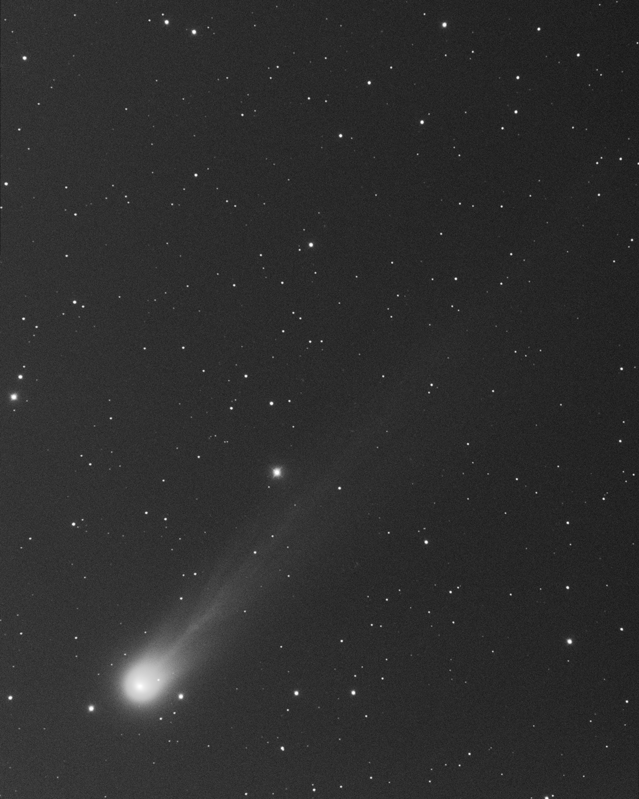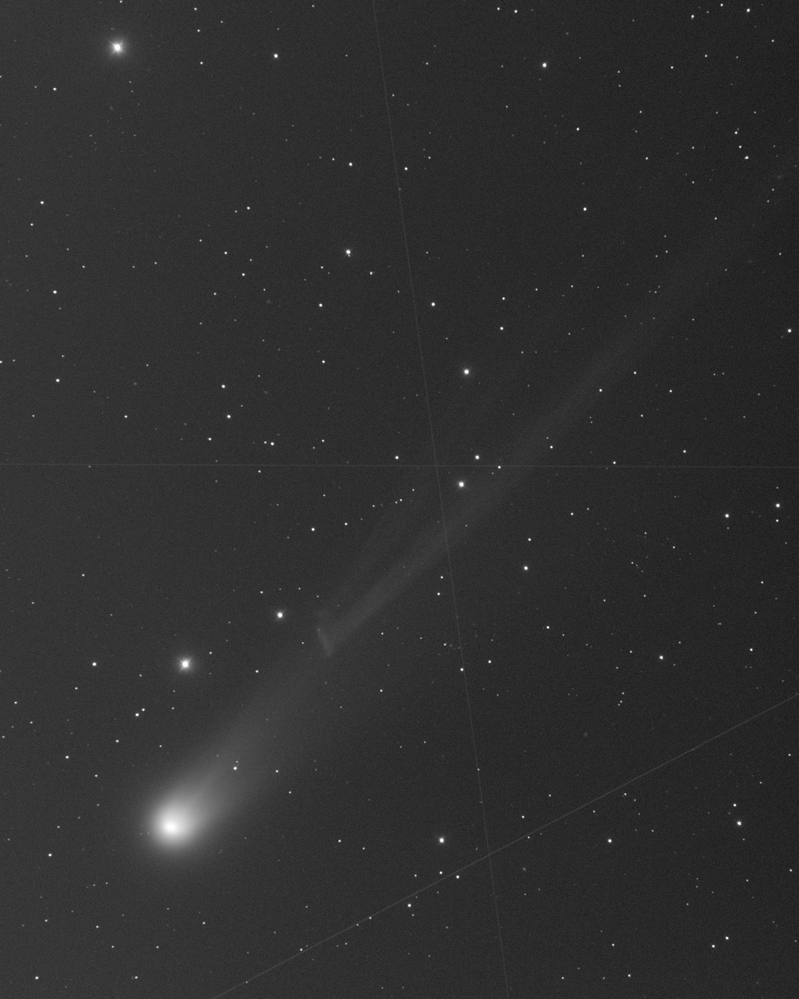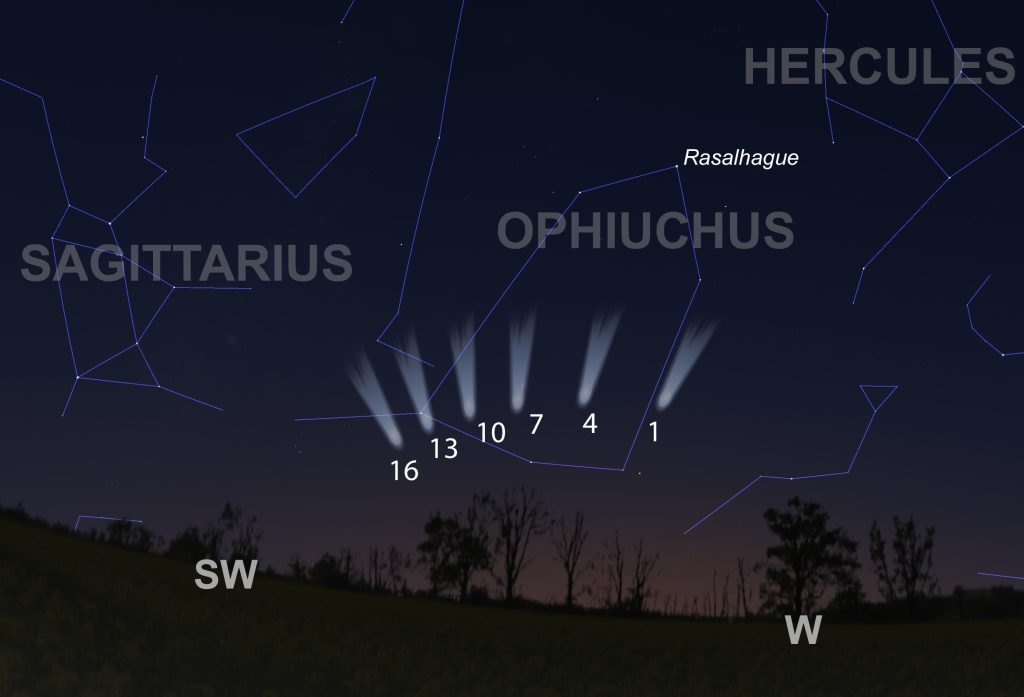
For those who try to catch fleeting glimpses of comets as they quickly make their way through our solar system, it often seems that folks south of Earth’s equator get frequent good views of comets while their northern neighbors just get to hear about the adventures and see photos. This fall, though, turned out to be a great time for those of us in the Northern Hemisphere to catch a glimpse of not one but two icy visitors.
Comet Lemmon
The current showstopper in terms of comets has to be Comet Lemmon. At the beginning of the month, early birds were able to catch Comet Lemmon in the northeast as it moved past the Big Dipper in the morning sky. With an orbit that kept it well north of the Sun, it sank closer to the northern horizon with each passing day. However, by the third week of October, it had become well positioned in the northwest after sunset to begin its evening apparition as it continued drawing nearer the Sun. By then, it was sporting an impressive tail that was fairly easy to pick up in binoculars.

Through the first week of November, it will still be visible low in the western sky after sunset, gradually moving toward the southwest. By the start of the third week of November, Comet Lemmon will begin its plunge toward the horizon as it makes its closest approach to the Sun on November 21. After that, our friends in the Southern Hemisphere will get their turn to see Comet Lemmon as it makes its way out into the far reaches of the solar system, eventually getting about five times farther from us than little Pluto. It will be another thirteen centuries or so before it makes its next visit to the inner solar system, so snag a peek while you can!

Comet SWAN
While we often discover comets as they are making their way to the inner solar system, well before they reach their closest approach to the Sun (perihelion), Comet SWAN was discovered just a day before its perihelion passage by an amateur astronomer observing images from the Solar and Heliospheric Observatory’s (SOHO) Solar Wind Anisotropies (SWAN) camera on September 11, 2025. Over the past few weeks, Comet SWAN has moved farther from the Sun in our sky, reaching its closest point to Earth on October 19. Unlike Comet Lemmon, which is moving closer to our western horizon each day, Comet SWAN is moving higher in the sky, making it easier to catch some last-minute views. It is also on its way back out to the outer solar system, but won’t get as far as Comet Lemmon, and we should see it back in our sky in about 650 years or so. It will continue to dim as it moves away, but binoculars or telescopes at low magnification should enable backyard astronomers to continue to monitor it for a few more weeks.
